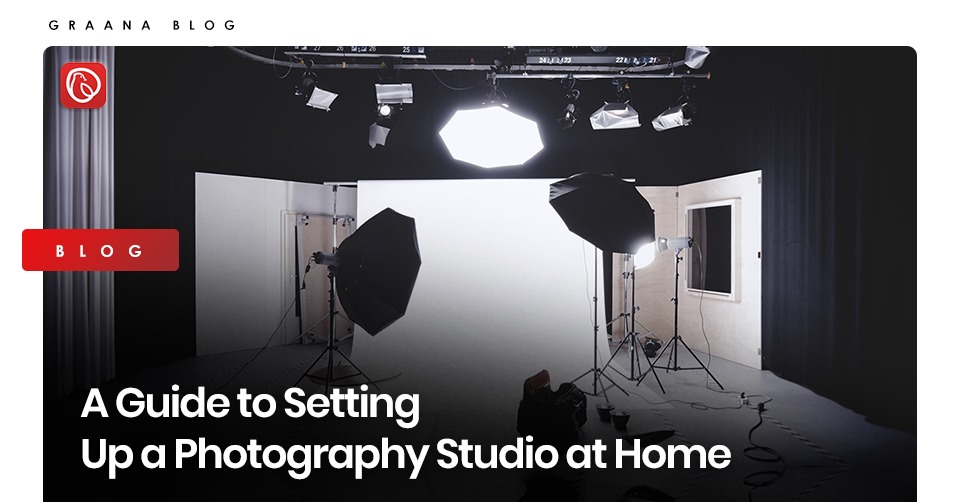If you are a professional photographer or are just interested in learning the craft, setting up a photography studio at home can be a great way to polish your skills and produce high-quality work. It will allow you to control the lighting and background and take your time to get the perfect shot.
Graana.com has compiled a few tips and tricks that you need to know before setting up a photography studio at home.
Tools You Need to Set up a Photography Home Studio
To set up a photography studio at home, you would require some specific equipment, some of which have been described below:
Camera and Lens
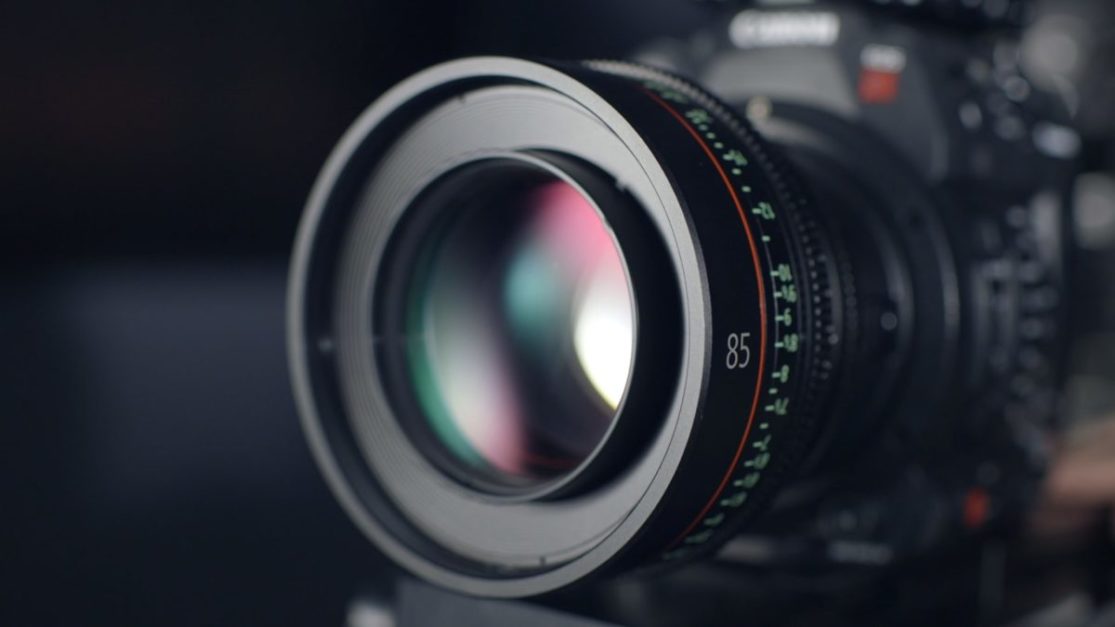
The most important tool you would need is, of course, a good quality camera and lens. Look for a camera with a high resolution and good low-light performance, such as a full-frame DSLR or a mirrorless camera.
Lighting
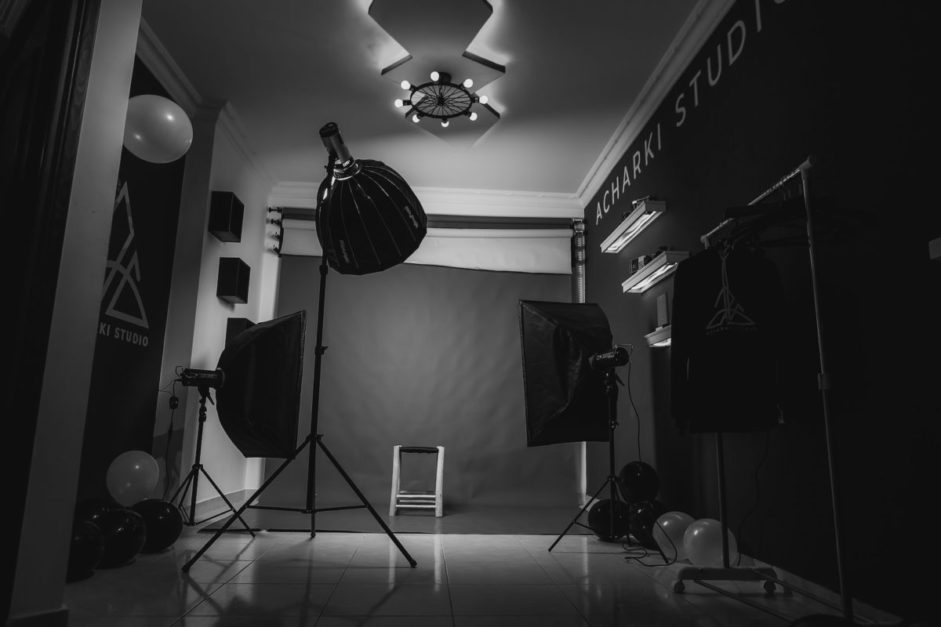
Along with a good camera and lens, good home lighting is very important and is an essential tool for your studio. Consider using softbox lights or umbrella lights, and experiment with different options to find out which suits your needs best.
Backdrops
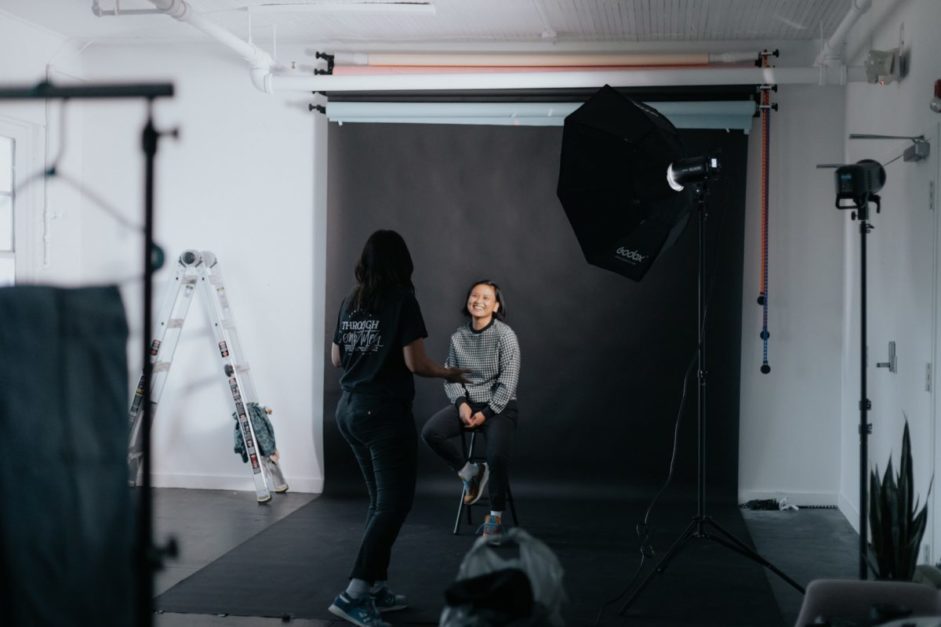
A backdrop is a great way to create a professional-looking background for your photos. You can use a white and seamless paper backdrop, or opt for a more colourful option, such as a muslin cloth or a vinyl background.
Tripod
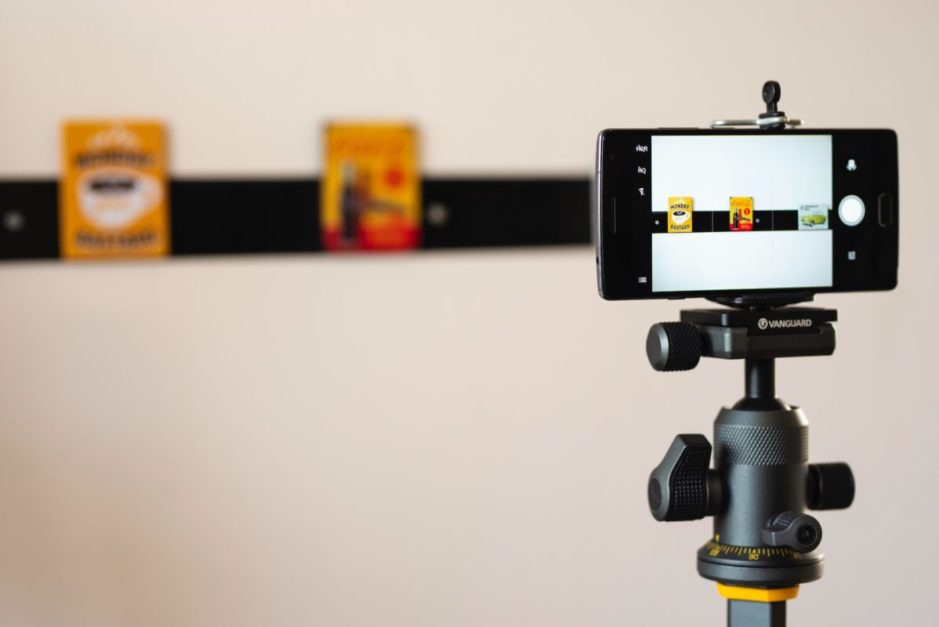
Another important piece of equipment for a home studio is a tripod. This is a three-legged stand that is used to hold a camera steady and prevent it from shaking or moving during a photo shoot. This is particularly important when taking long exposure shots or working under low-light conditions.
A quality tripod should be sturdy and able to support the weight of your camera and lens. It should also be adjustable so that you can position the camera at different angles and heights.
Batteries and Memory Cards
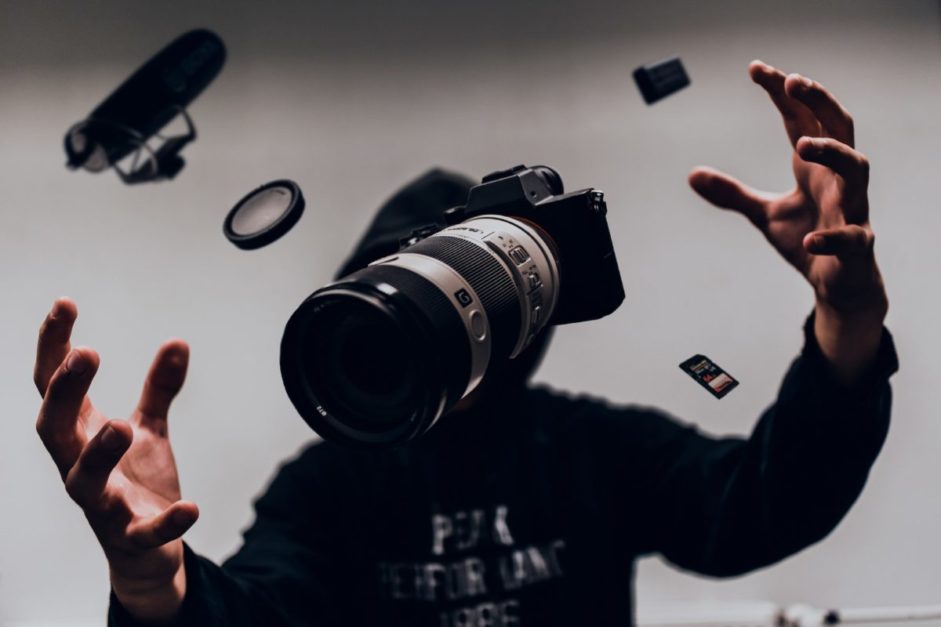
Another important piece of equipment is a set of batteries and memory cards. These are essential for powering all of the electronic devices in a home studio, such as cameras, flashes, and lighting systems.
Memory cards, on the other hand, are used to store all of the photos that are taken in the studio. It’s important to invest in batteries and memory cards of superior quality; third-party batteries can drain the power more quickly and may even damage your camera in the long run.
Reflectors and Diffusers
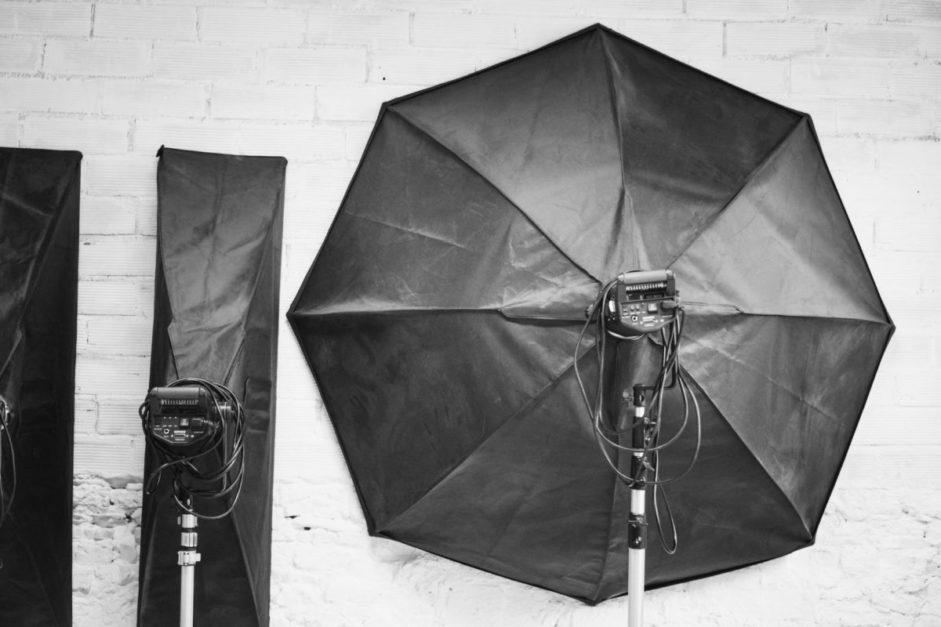
Reflectors and diffusers can help control the lighting in your studio and create a more natural look in your photos. You can use reflectors to bounce light onto your subject, and diffusers to soften the light and reduce harsh shadows.
Umbrellas
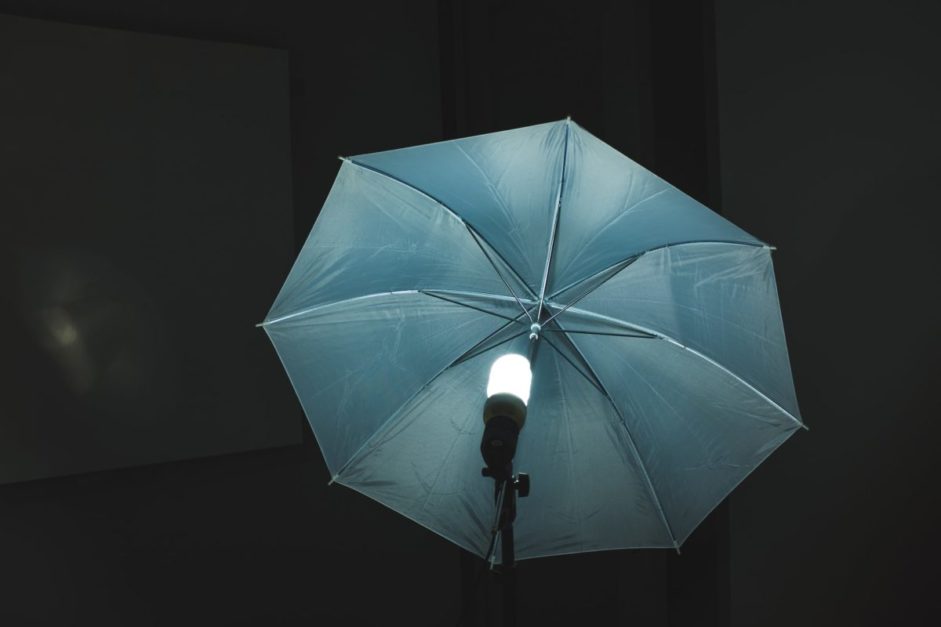
Umbrella lights are a type of lighting equipment that can be used in a home photography studio. They typically comprise a light source mounted on a stand, with an attached white or silver umbrella. These help to diffuse the light and create a soft, even illumination on your subject.
They are a popular choice for home photography studios because they are relatively inexpensive and easy to use. They can be adjusted to different angles and heights to suit your needs, and they provide a soft, diffused light that is flattering for most subjects.
Flags
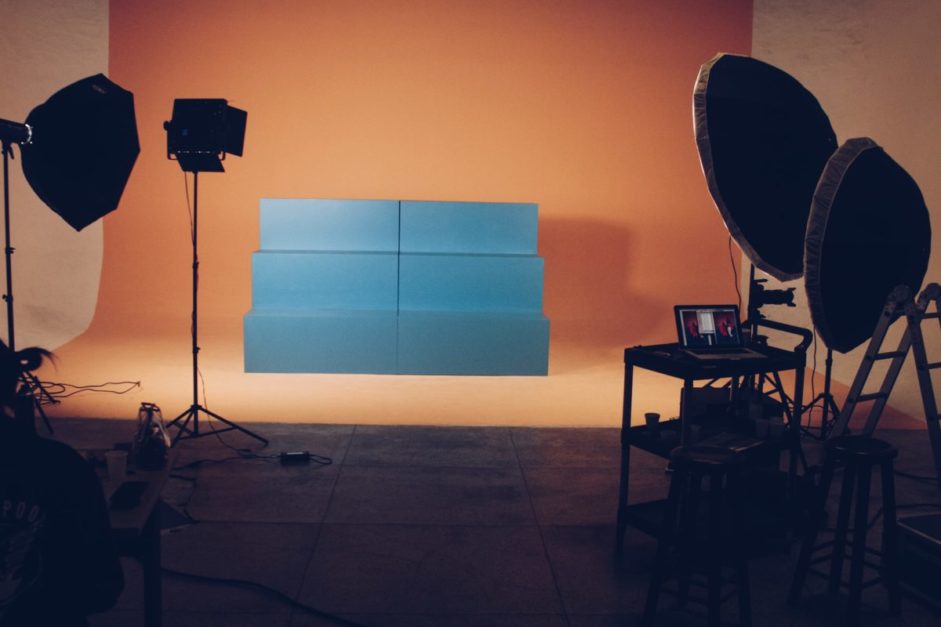
Flags are another type of lighting tool that can be used in a home photography studio. They are typically rectangular or square-shaped pieces of fabric that are used to block or shape light, controlling its direction and intensity.
Flags can be used to block light from hitting certain areas of a setup, such as a bright window or a distracting background. They can also be used to shape light by redirecting it onto the subject or using it to create shadows and highlights.
They can be attached to stands or mounted on frames, and are often used in conjunction with other lighting tools, such as softbox lights or umbrella lights.
Tips and Tricks to Create a Photography Studio at Home
Here are a few guidelines that you should consider while setting up a home studio.
Choose a Space
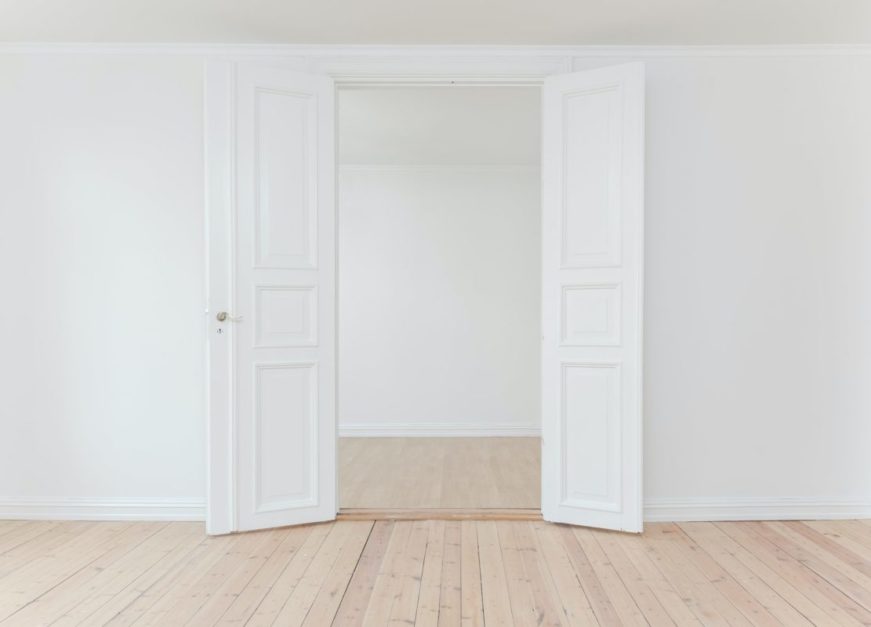
The first step in setting up your home photography studio is to choose an area that is large enough to accommodate your photography equipment and your subject. A spare bedroom or a corner of your living room can work well.
Invest in Good Lighting
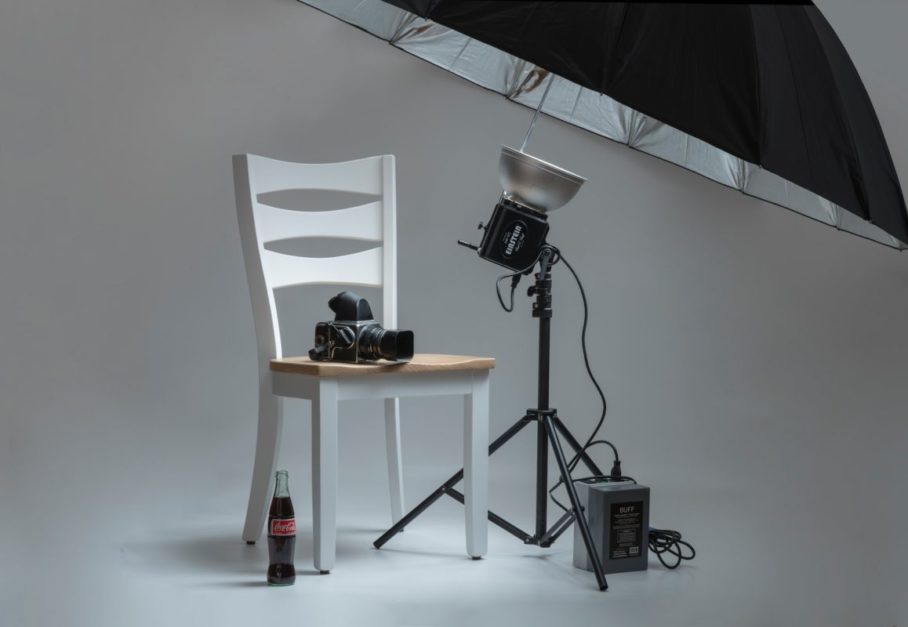
Lighting is one of the most important elements of photography, and it’s essential to have appropriate equipment in your studio.
Invest in at least three good-quality lights at first, such as softbox lights or umbrella lights, to allow you some flexibility. You can test them out to see which works best for your photography.
Get the Essentials First
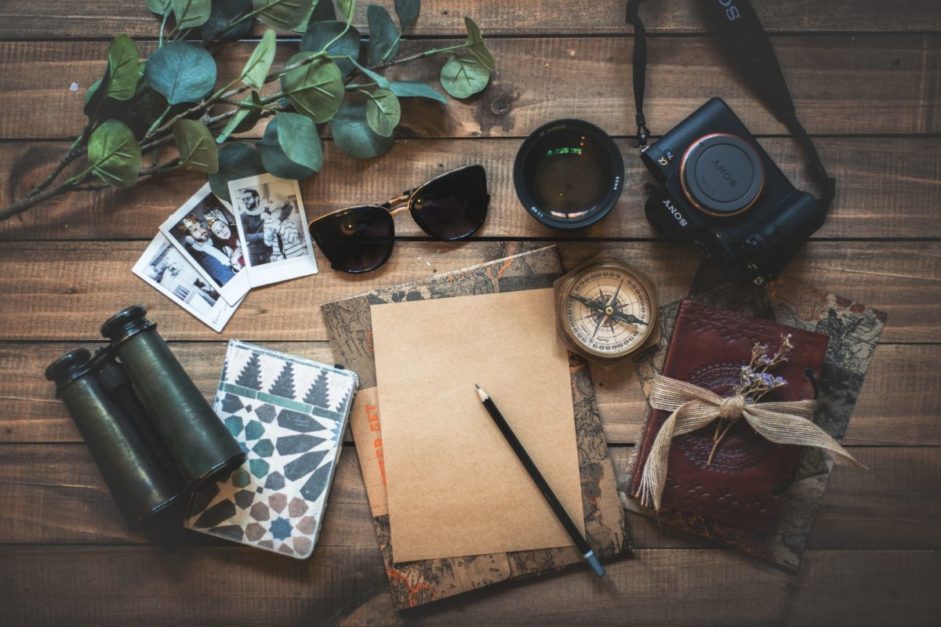
You would be surprised to know that you don’t need state-of-the-art equipment to set up your studio. You can start small by purchasing only the essentials – which are basically a camera and lens.
Just be sure to buy first-rate equipment instead of purchasing tools of shoddy quality just because they are cheaper. You may also want to invest in a tripod and other accessories, such as reflectors and diffusers, but you can acquire those whenever you see fit.
Use Natural Light
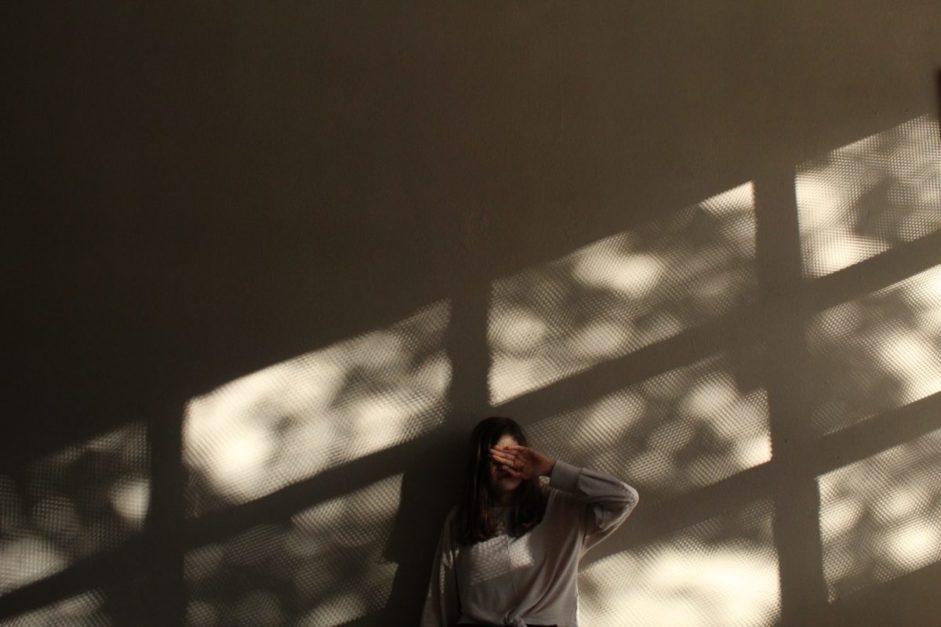
In addition to using artificial lighting, you can also use natural light to illuminate your studio. Position your subject near a large window to take advantage of the outside light, and use curtains or blinds to control the amount of light coming in.
Use Props and Accessories
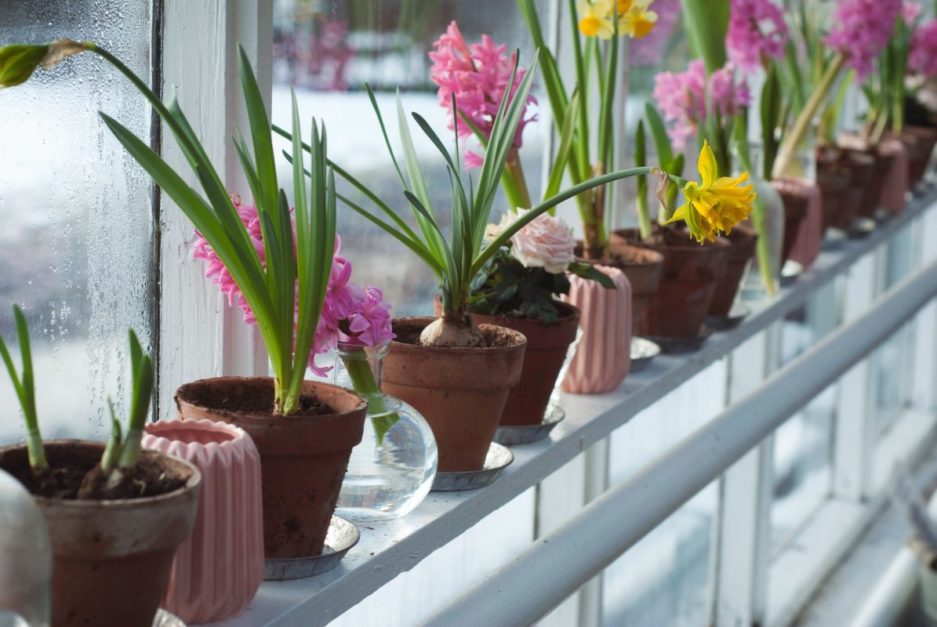
To add an element of interest to your photos, consider using props and accessories. You can use items like vases, flowers, and books to create appealing compositions and add depth to your photos.
Choose the Right Camera
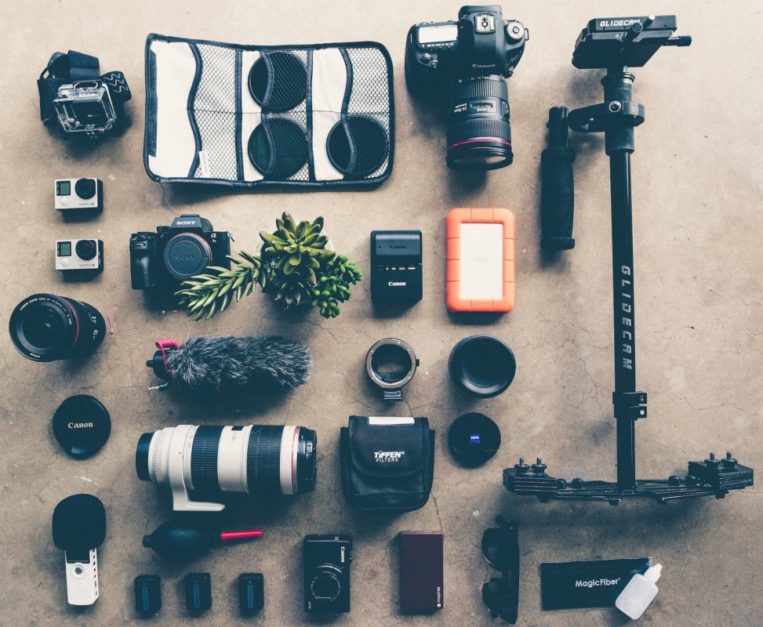
A good camera is essential for capturing high-quality photos that are sharp, detailed, and well-exposed. There are many camera options available in the market – from entry-level point-and-shoot cameras to professional-level DSLRs and mirrorless cameras – so it can be overwhelming to decide which one suits you best.
To narrow down your search, just consider factors such as the sensor size, megapixel count, autofocus system, and the availability of lenses. You should also take your skill level into account, and your personal needs and preferences as a photographer.
Take Your Time
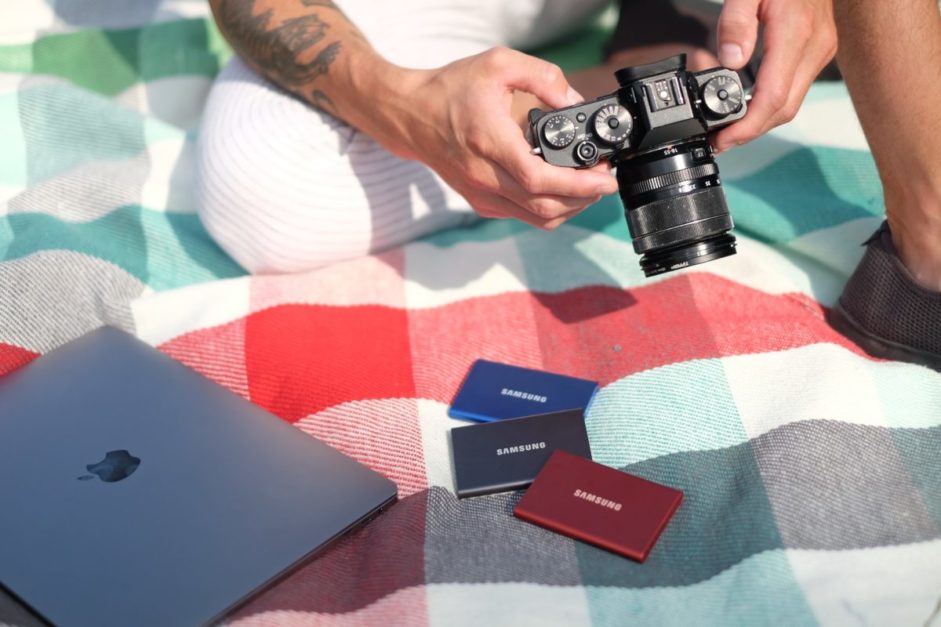
When setting up a home studio for photography, it’s important to take your time and plan carefully. A well-designed home studio can make a big difference in the quality of your photos, and it can also make the process more enjoyable and efficient.
Start by identifying the types of photos that you want to take, and then assess your current equipment and space. You may need to invest in additional equipment, such as lighting, backgrounds, and props, in order to achieve your desired results.
It’s also a good idea to experiment with different setups and configurations until you find the one that works best for you. With careful planning and attention to detail, you can create a home studio that is perfect for your needs as a photographer.
Experiment
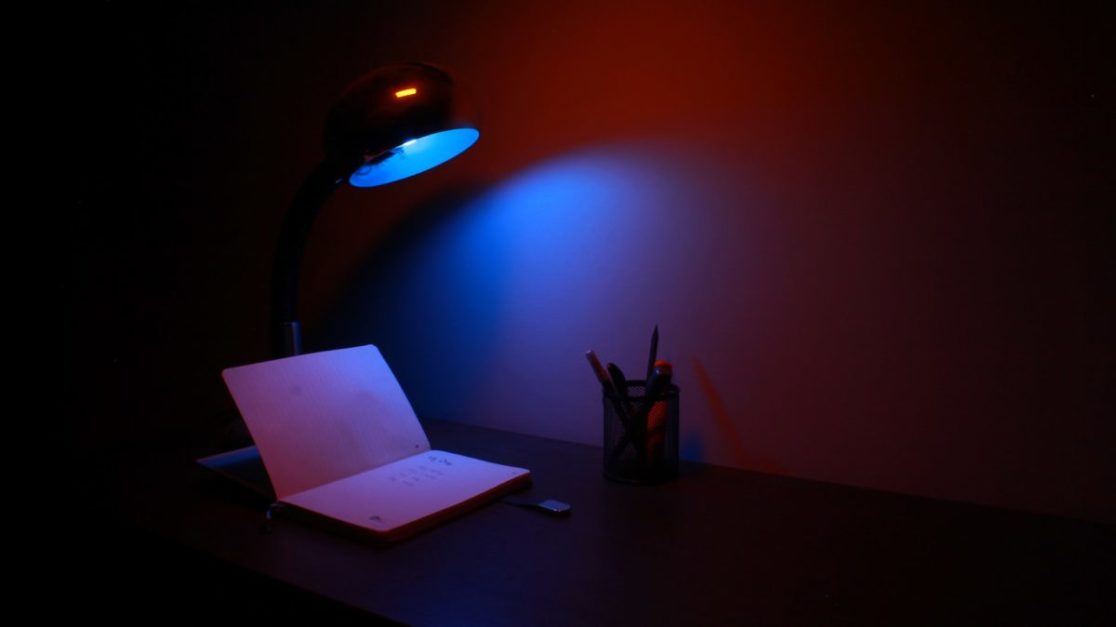
The advantage of having your own studio is that you can experiment with different lighting setups and backgrounds to see what works best for your photography. Take your time and try out different combinations to find the most suitable setup for your photos.
Use Photo Editing Software
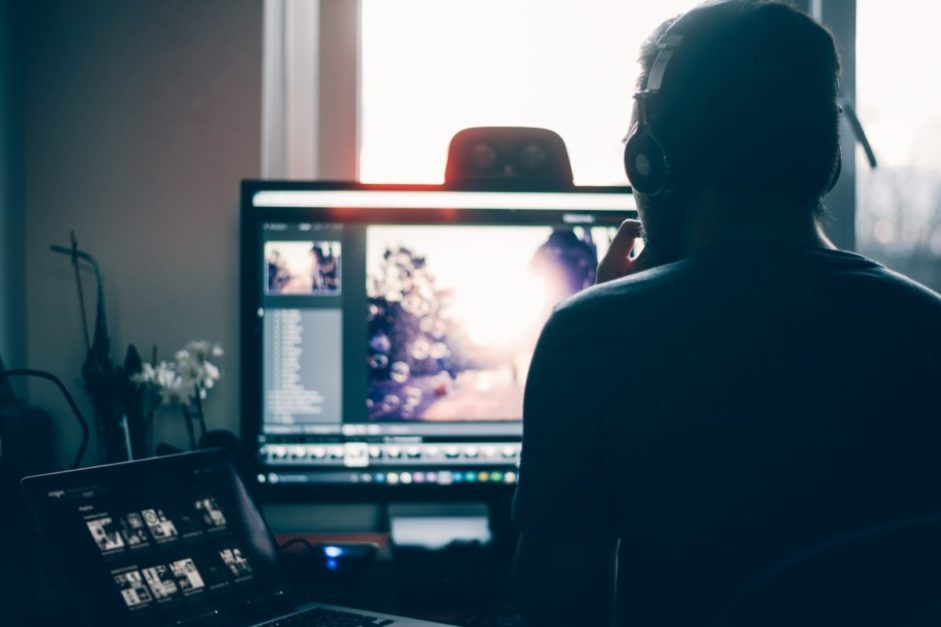
In order to create professional-looking photos, it’s important to have access to top-rated photo editing software in your studio. This type of software allows you to make a wide range of adjustments to your photos, such as exposure, colour balance, and contrast.
You can also use this software to remove imperfections from your photos, such as blemishes, red-eye, and other distracting elements. With the right one, you can turn ordinary photos into stunning works of art.
Many photographers use a combination of different photo editing software programs in order to achieve the best results. Some of the most popular programs include Adobe Photoshop, Lightroom, and GIMP.
To Sum Up
In conclusion, setting up a home studio for photography requires careful planning and attention to detail. Essential equipment includes a professional camera, tripod, batteries, memory cards, and photo editing software.
It’s also important to keep building your studio over time and invest in other items, such as lighting, backgrounds, and props, in order to create a versatile and functional space.
With these tips, you can set up your own home photography studio and start taking professional-quality photos in the comfort of your own home.
Follow Graana blog for more DIY guides and tips.
